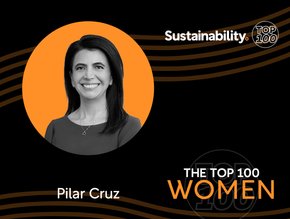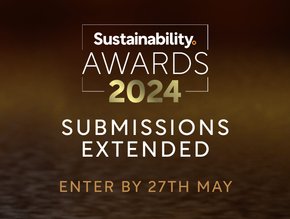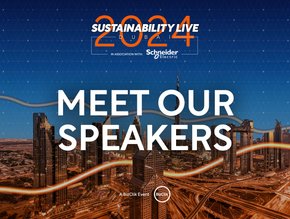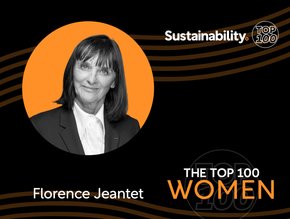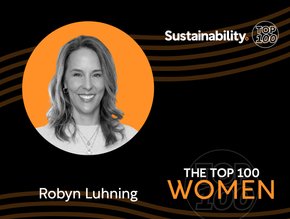How WPP Sets Rigorous Greenwashing Standards for Agencies
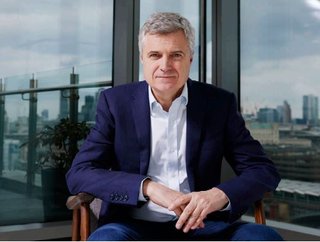
The world’s largest advertising agency WPP is demanding ‘rigorous standards of honesty and integrity’ from its partners and agencies as it seeks to address any potential for greenwashing.
The British multinational communications, advertising, public relations, technology and commerce holding company has published its 2023 Sustainability Report.
It reveals a 76% absolute reduction in Scope 1 and 2 emissions since its 2019 baseline and 18% year-on-year. At the same time, 88% of its electricity is from renewable sources (target 100% by 2025).
Using creativity to power responsibility
Writing in the foreword to the report, CEO Mark Read said: “For WPP, sustainability is an integral part of how we do business. It’s not an add-on or a separate initiative.
“We define our purpose as using the power of creativity to build better futures for our people, planet, clients and communities.”
He added: “Our agencies are required to follow rigorous standards of honesty and integrity in our work.
“In 2023 we launched a client version of our internal Green Claims Guide to help brands make effective, accurate statements in relation to their sustainability credentials, initiatives and goals.”
Figuring things out
The 76% absolute reduction in Scope 1 and 2 emissions means WPP is closing in on its 84% aim by 2025.
Other highlights include:
- 0.19 Scope 1 and 2 emissions per person from direct operations, a 17% reduction year-on-year and 77% against the 2019 baseline
- 88% of electricity sourced from renewable sources (2022: 83%)
- 82% of top 50 clients have set or committed to set science-based carbon reduction targets (2022: 78%).
Mark added: “We’ve also set ourselves the ambitious target to halve our Scope 3 emissions by 2030, including emissions from media buying – half of our total carbon footprint and an industry first.”
Six key areas for carbon reduction
WPP is seeking to reduce carbon emissions in six areas: media; production; procurement; IT; buildings; innovation and AI.
Across its buildings, the company has boosted the level of control it has over management systems, resulting in, for example, a 46% reduction in energy use in Prague through controlling the office temperature.
In February 2023, WPP subsidiary GroupM launched an omnichannel media carbon calculator for clients, enabling them to factor channel-level carbon emissions data into their media planning.
WPP says, in its first year, it measured the footprint of around 2,800 campaigns.
******
Make sure you check out the latest edition of Sustainability Magazine and also sign up to our global conference series - Sustainability LIVE 2024
******
Sustainability Magazine is a BizClik brand
******


